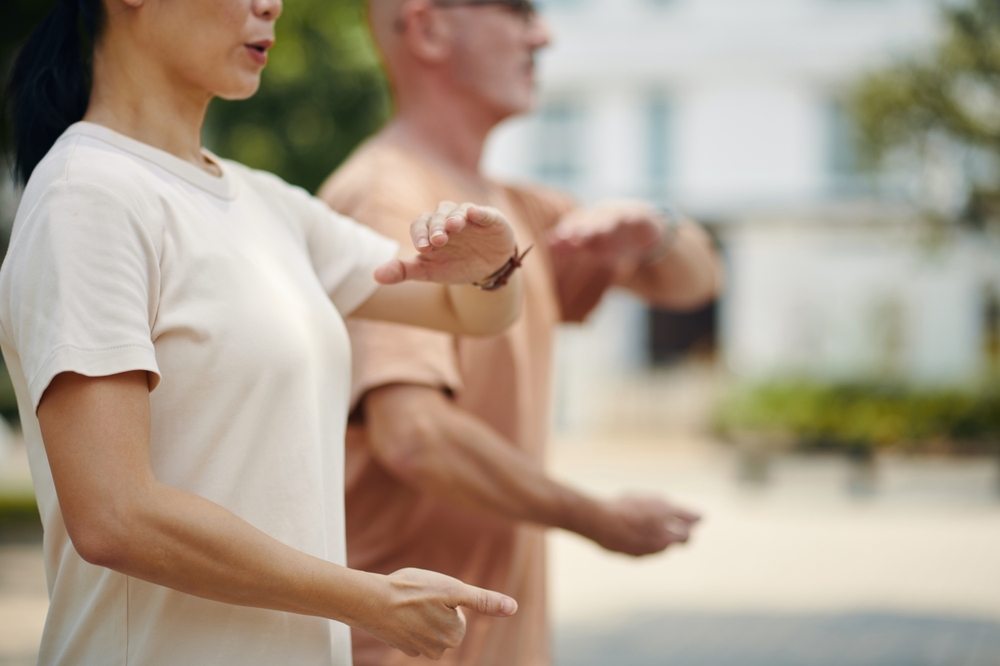Integrating short movement breaks to boost focus and recovery
Short movement breaks are a practical way to refresh the body and mind during long periods of sitting or focused work. When scheduled into a routine, brief activity can interrupt prolonged sedentary time, support circulation and metabolism, and help reduce mental fatigue so you return to tasks with clearer focus and improved resilience.

Short movement breaks are small, intentional pauses during the day that combine movement, brief breathing, and an awareness of posture and energy. Taken every 30 to 90 minutes, these breaks help reset attention, support circulation, and reduce the buildup of tension that undermines focus. When aligned with sensible sleep patterns, hydration and basic nutrition, short interruptions to sitting can also speed recovery after intense cognitive or physical effort and contribute to longer-term habit formation that benefits resilience and balance.
This article is for informational purposes only and should not be considered medical advice. Please consult a qualified healthcare professional for personalized guidance and treatment.
How does movement affect focus and circadian rhythms?
Even brief physical activity changes neural and hormonal signals that influence concentration. Light bouts of movement raise heart rate and cerebral blood flow, which can sharpen focus for subsequent tasks. Over longer timeframes, consistent patterns of daytime activity help entrain circadian cues, improving sleep onset and quality at night. That connection between daytime exercise, circadian timing, and sleep supports metabolic regulation, so short movement breaks can be one piece of a strategy that benefits attention and overall physiological balance.
What movement fits into a busy routine?
Choose low-barrier options that require minimal setup: standing stretches, a 2–5 minute walk, stair climbs, bodyweight squats, or simple mobility flows. These activities suit most work or household schedules and are easier to maintain as habits than longer workouts. Pairing a movement break with an existing cue—after every meeting, at the top of the hour, or after finishing a task—creates a routine that supports consistency without adding cognitive load. Hydration or a quick piece of fruit can complement the break when energy dips.
How do breaks support recovery and reduce stress?
Short movement breaks interrupt the physical effects of prolonged sitting and the psychological effects of continuous cognitive effort. Gentle movement reduces muscle stiffness and can lower perceived stress by activating the parasympathetic system when paired with slow breathing. Repeated small recoveries during the day build resilience: rather than relying on a single long rest period, multiple micro-recoveries sustain energy and reduce the intensity of stress responses that impair decision-making and emotional balance.
Can short movement improve sleep and metabolism?
Regularly scheduled daytime activity supports metabolic flexibility by favoring glucose uptake and boosting energy expenditure in small increments. Those metabolic effects, combined with reduced late-day screen time and stronger daytime circadian signals, can improve sleep timing and efficiency. Movement earlier in the day tends to be more beneficial for sleep onset, while very intense activity close to bedtime may be counterproductive for some people; tailoring timing to individual sleep patterns and routines helps protect restorative sleep.
How to include mindfulness and hydration during breaks?
Layering a brief mindfulness check-in into movement breaks deepens their benefit. Two minutes of mindful breathing or body scanning before or after movement helps shift attention away from rumination and back to the present. Similarly, making hydration a habit—keeping water visible and taking a sip during each break—supports cognitive function and recovery. Nutrition choices that sustain blood sugar between breaks, such as balanced snacks with protein and fiber, help avoid energy crashes that undermine focus.
How to build sustainable habits and resilience with short breaks?
Sustainability comes from simplicity and gradual habit-building. Start with a modest schedule—one or two short breaks per work block—and increase frequency as the routine stabilizes. Track what restores your attention: some people benefit most from walking, others from stretching or breath work. Integrating short movement with existing routines (meals, meetings, or transitions) reduces friction. Over time, these micro-practices strengthen behavioral resilience, making it easier to recover from stressors and maintain balance across sleep, nutrition, exercise, and daily demands.
Short movement breaks are a practical complement to broader wellbeing strategies. They do not replace sufficient sleep, balanced nutrition, regular exercise, or professional care when needed, but they can enhance daily focus, support recovery between tasks, and contribute to long-term habits that protect physical and mental functioning.





